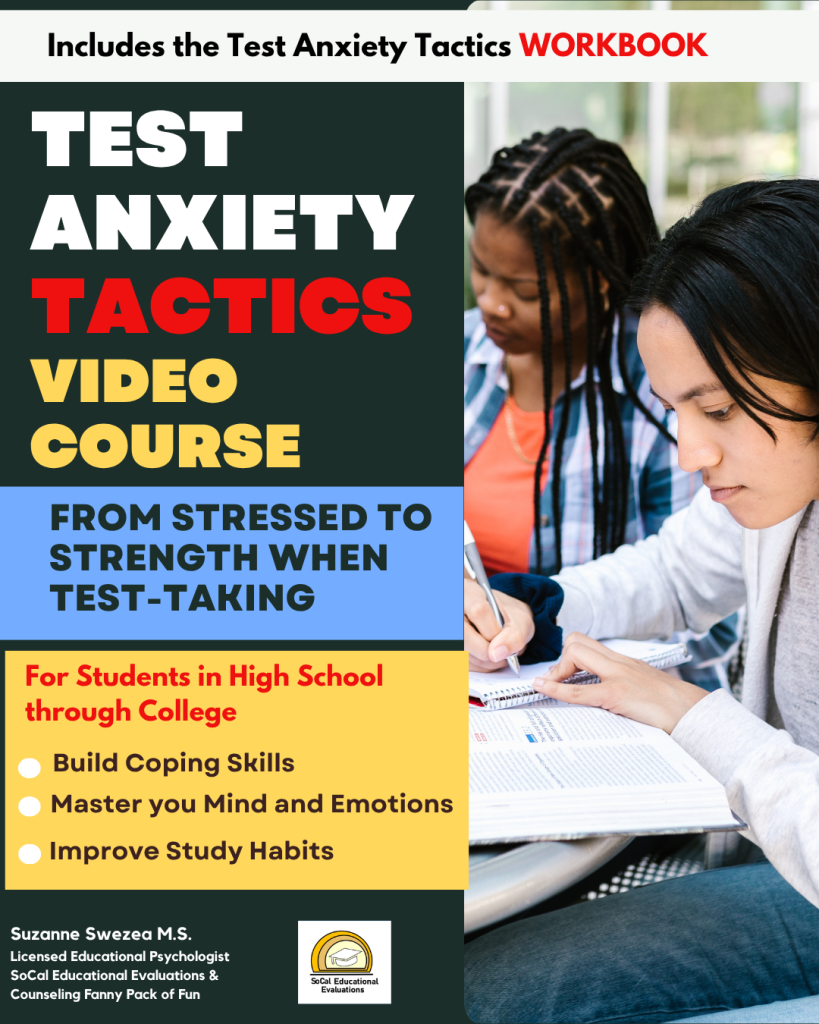
Test anxiety doesn’t just appear out of nowhere—it often develops from specific stressors that weigh on students before and during exams. One of the most common root causes is pressure, both internal and external. Understanding these pressures can help students—and parents—address what’s really fueling the anxiety.
What Are Internal Pressures?
Internal pressures come from within the student. These often include perfectionism, fear of failure, or self-imposed high expectations. Students might think, “I have to get an A or I’m not smart enough,” or “If I fail this test, I’ll never succeed.” These thoughts create an overwhelming sense of responsibility that can trigger physical anxiety symptoms, like racing heart or nausea, and mental blocks during the exam. Internal pressure can be especially strong for high-achieving students who tie their self-worth to grades.
What Are External Pressures?

External pressures come from outside sources, such as parents, teachers, peers, or even societal expectations. For example, a parent may stress the importance of a college entrance exam, or a teacher might constantly remind students how much the test counts toward their grade. While encouragement can be helpful, too much emphasis on performance can make students feel like their entire future depends on a single test, increasing anxiety levels.
How Internal and External Pressures Work Together
In many cases, internal and external pressures combine to create a perfect storm. A student might already hold themselves to high standards, and when they hear repeated reminders from parents or teachers, the internal stress amplifies. Over time, this cycle can make even routine quizzes feel like life-or-death situations.
Communicating With Parents About Pressure

For many students, talking to parents about the stress they feel can be intimidating, especially if they believe their parents expect perfection. In the Test Anxiety Tactics Course, I teach students and parents practical ways to have these conversations in a supportive, non-confrontational way. This includes using “I” statements like, “I feel really anxious when I hear about how important this test is,” and focusing on shared goals such as learning and confidence rather than only grades. Parents often don’t realize the impact their words can have, and open communication can significantly reduce external pressure.
How to Break the Cycle
One of the key strategies I teach in the Test Anxiety Tactics Workbook and Course is how to identify and reframe these pressures. For internal pressures, this might mean challenging negative self-talk and shifting to a growth mindset. For external pressures, I provide communication tools for parents and students to reduce stress at home and in the classroom. Along with mindset shifts, the course includes practical techniques like breathing exercises, time management strategies, and test-day routines to help students feel confident and in control.
If you or your child is struggling with anxiety driven by internal or external pressures, you don’t have to face it alone. Enroll in the Test Anxiety Tactics Course today and start building a plan that works—because confidence on test day begins with the right strategies.
